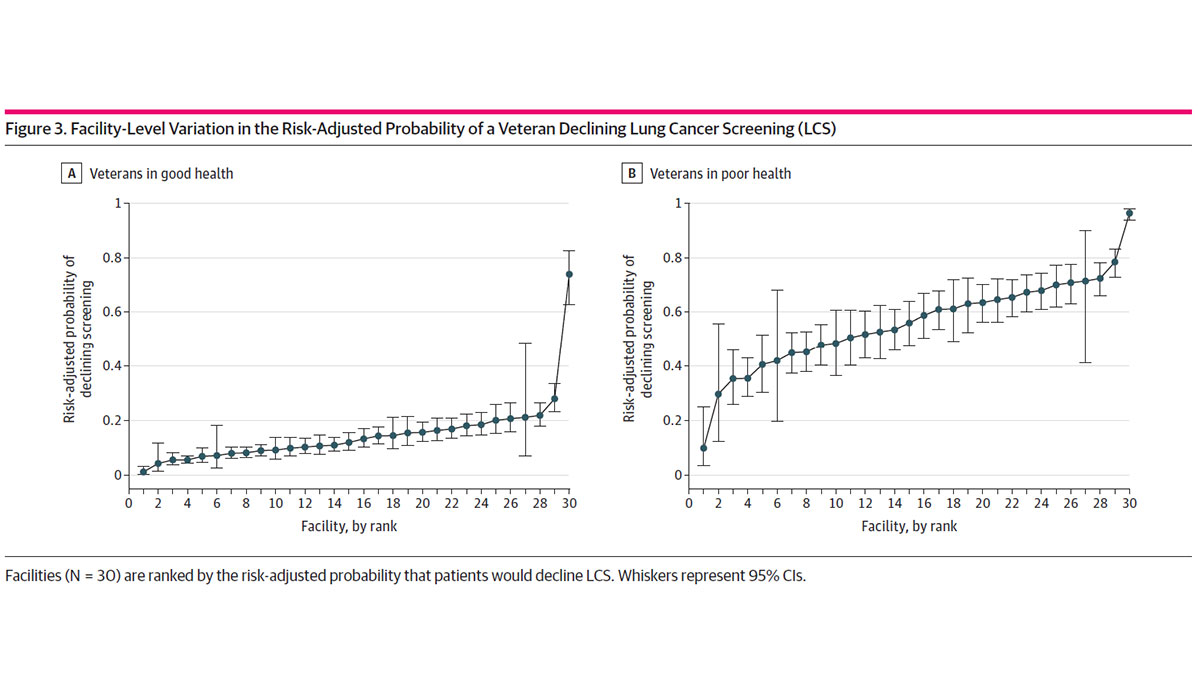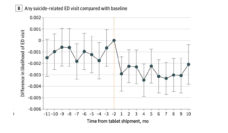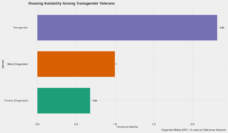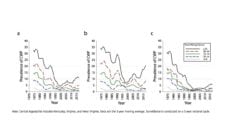Lung cancer kills. It is the leading cause of cancer death in the U.S. yet often goes undetected during the early stages of disease. Screening can catch disease earlier and reduce mortality. Despite this, fewer than 10% of eligible individuals have been screened. Veterans’ risk for lung cancer is especially high compared to other adults because they are twice as likely to smoke. Yet one-third of eligible veterans decline free screening.
A 2022 study by Dr. Eduardo Núñez and fellow researchers used Veterans Affairs records from 2013 to 2021 to determine why patients decline screening for lung cancer. The graphs illustrate the likelihood that patients will decline screening at different VA hospitals. They found that the hospital at which a patient received care accounted for 36% of the variation in screening rates. The study investigates why site of care is more impactful than individual factors for lung cancer screening.
Medicare, which covers adults over age 65 and veterans in the U.S., requires shared decision-making for screening, a process is meant to encourage patient-centered decisions. However, clinicians do not use decision aids to facilitate understanding or routinely explore patient values and preferences. This study suggests that more than patient factors, facilities’ individual cultures, clinical processes and clinicians’ directions drive the decision to screen.
Lung cancer screening is underused in the U.S. Assessing novel practices to help increase lung cancer screening could reduce mortality for U.S. veterans and other at-risk groups.
Databyte via Núñez, Eduardo R. et. al, Factors Associated With Declining Lung Cancer Screening After Discussion With a Physician in a Cohort of US Veterans. JAMA Network, 2022.














